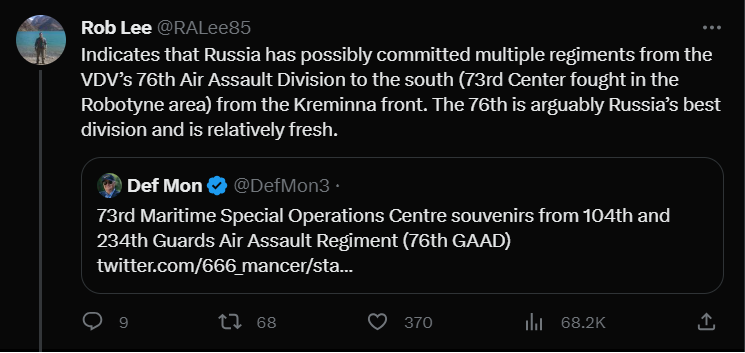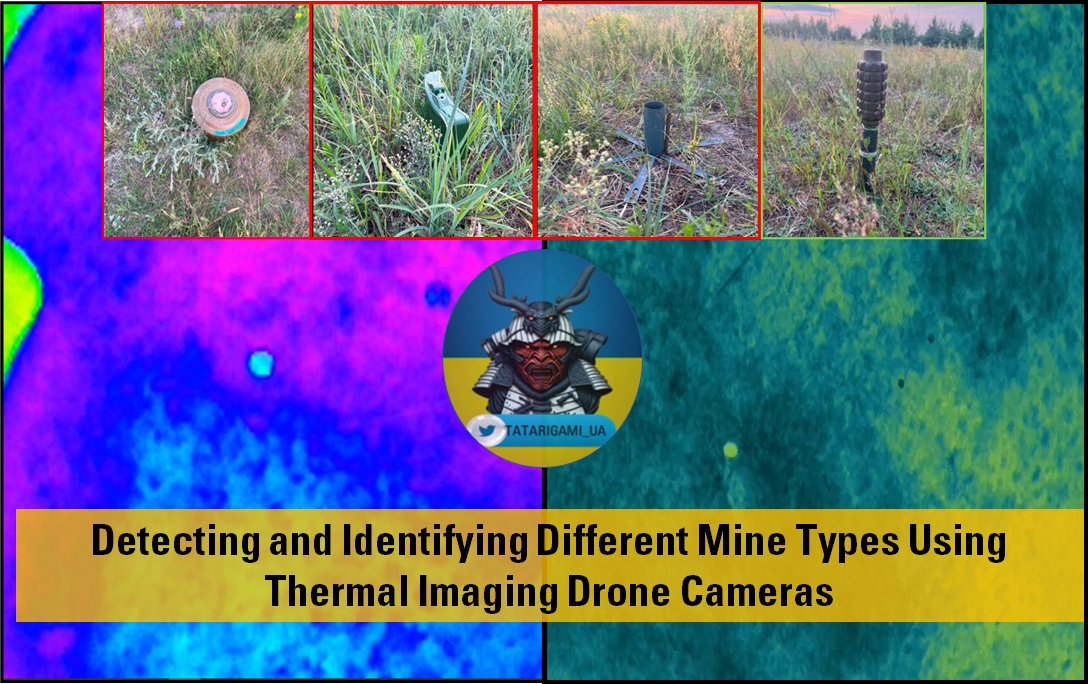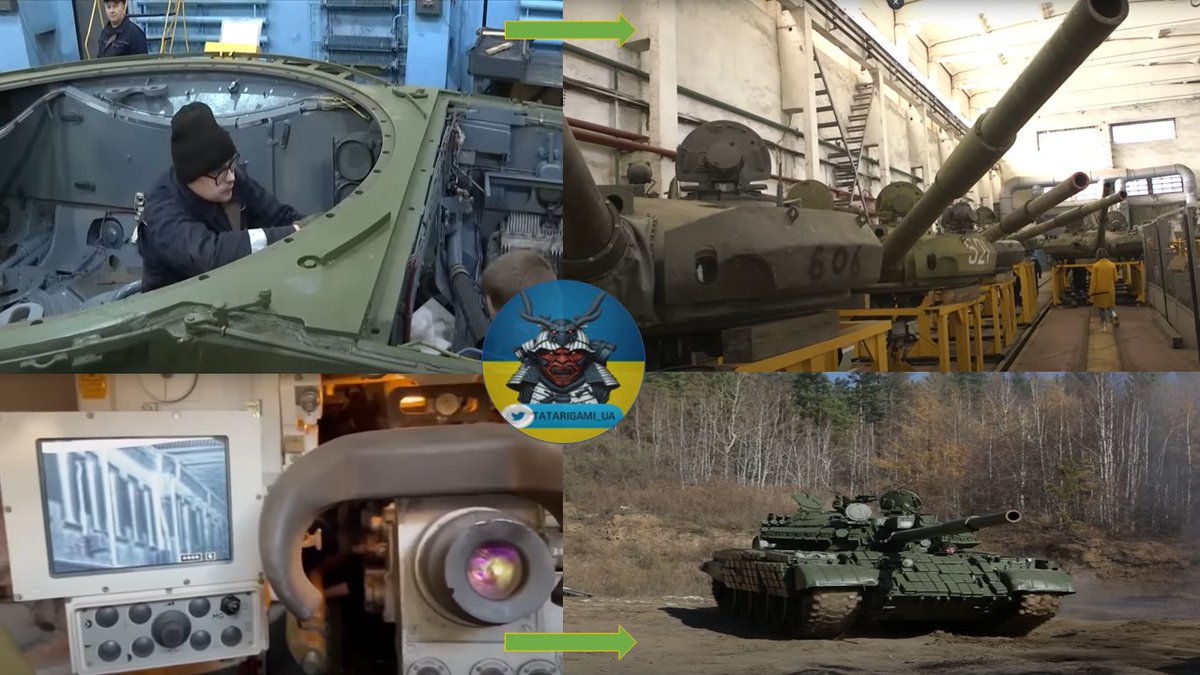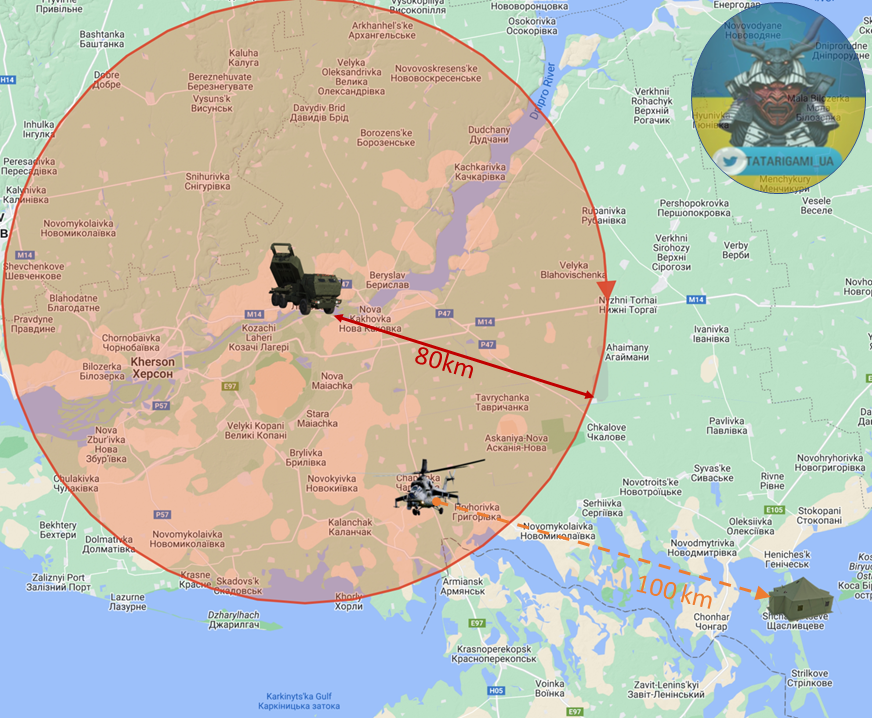🧵Robotyne-Tokmak axis update:
1/ Yesterday, I discussed Russian reinforcements and reserves in the South, but didn't mention them specifically. Today, it's safe to say that I was referring to the movement of units from the 76th Guards Air Assault Division from the North-East
1/ Yesterday, I discussed Russian reinforcements and reserves in the South, but didn't mention them specifically. Today, it's safe to say that I was referring to the movement of units from the 76th Guards Air Assault Division from the North-East

2/ I anticipated that it would take a few days for the OSINT community to detect and identify them, hence I waited until today. According to russian military doctrine, at least on paper, 76th division is a part of their strategic reserves, underscoring the seriousness of the move
3/ As of now, refraining from additional statements, it's crucial to acknowledge the twofold implications. On one hand, this strengthens russian operational capacities. On the other, their failure will critically impair of combat-ready reserves for rapid deployment.
4/ Lastly, I want to highlight that the division is comprised of various units. Therefore, it's more accurate to refer to "elements and units of the 76th division,". This is distinct from the complete division with all its constituent units.
• • •
Missing some Tweet in this thread? You can try to
force a refresh

 Read on Twitter
Read on Twitter

















